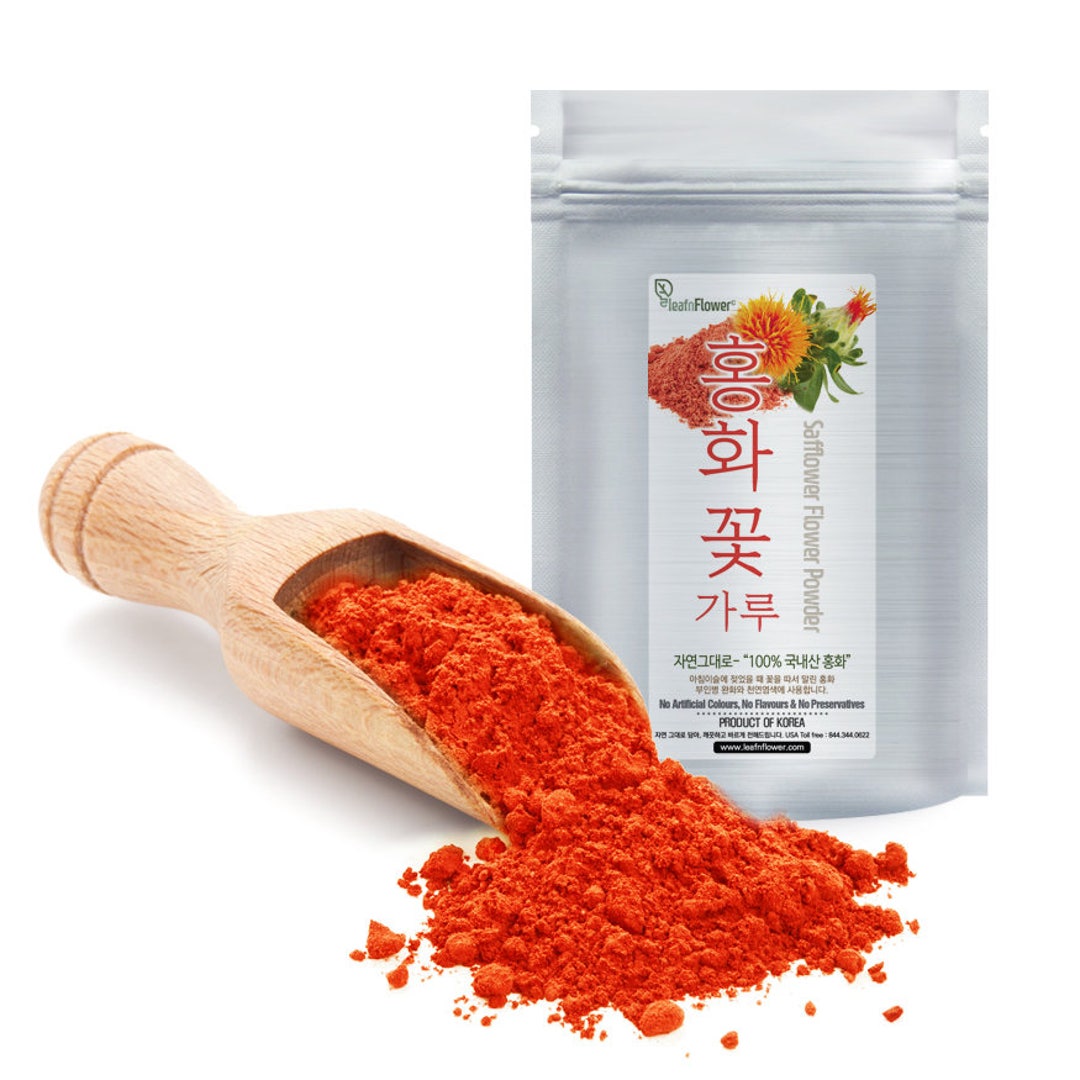Tibetan Safflower Tea: The Vibrant Himalayan Brew Boosting Circulation and Mindfulness in 2025
Introduction to Tibetan Safflower Tea
Tibetan safflower tea, a vibrant and aromatic herbal infusion, has been cherished for centuries in the Himalayan region. Known locally as "Hong Hua Cha," this tea is made from the dried petals of the safflower plant (Carthamus tinctorius), which grows abundantly in Tibet and surrounding high-altitude areas. Traditionally used in Tibetan medicine, safflower tea is gaining global recognition in 2025 for its unique health benefits, particularly in boosting blood circulation and enhancing mindfulness.
Unlike conventional teas derived from the Camellia sinensis plant, safflower tea offers a caffeine-free alternative rich in antioxidants and bioactive compounds. Its bright orange-red hue and subtle floral taste make it a delightful beverage for those seeking both wellness and sensory pleasure.

Health Benefits: Circulation and Cardiovascular Support
One of the most celebrated benefits of Tibetan safflower tea is its positive effect on blood circulation. The safflower petals contain compounds such as flavonoids and hydroxysafflor yellow A, which have been studied for their vasodilatory and anti-inflammatory properties. These compounds help relax blood vessels, improving blood flow and reducing the risk of cardiovascular issues.
Regular consumption of safflower tea may support:
- Improved peripheral circulation, which can alleviate cold extremities and fatigue.
- Reduction in blood viscosity, promoting smoother blood flow.
- Lowered risk of blood clots and related cardiovascular events.
Scientific studies have also suggested that safflower extracts can help regulate cholesterol levels, contributing to heart health. While more clinical trials are ongoing, traditional Tibetan medicine has long recommended safflower tea for maintaining a healthy circulatory system.

Mindfulness and Mental Clarity: The Tea’s Role in Meditation
Beyond its physical benefits, Tibetan safflower tea is deeply intertwined with the spiritual practices of the Himalayan people. In 2025, mindfulness and meditation have become mainstream wellness practices worldwide, and safflower tea is emerging as a natural aid in these rituals.
The tea’s calming yet uplifting properties help create a balanced mental state, making it easier to focus and remain present. Unlike caffeinated teas, safflower tea does not induce jitters or anxiety, which can disrupt meditation. Instead, it promotes a gentle alertness and mental clarity.
Practitioners often incorporate safflower tea into their daily mindfulness routines for:
- Enhancing concentration during meditation sessions.
- Reducing stress and calming the nervous system.
- Supporting emotional balance and mental resilience.
Its vibrant color and delicate aroma also contribute to a sensory experience that grounds the drinker in the present moment, enriching the overall mindfulness practice.

How to Prepare and Enjoy Tibetan Safflower Tea
Preparing Tibetan safflower tea is simple and rewarding. Authentic safflower petals can be sourced from specialty herbal shops or online retailers specializing in Himalayan products. Here’s a step-by-step guide to brewing the perfect cup:
- Ingredients: 1-2 teaspoons of dried safflower petals, 1 cup of hot water (not boiling, about 90°C/194°F).
- Instructions:
- Place the safflower petals in a teapot or infuser.
- Pour hot water over the petals and steep for 5-7 minutes.
- Strain the petals and pour the tea into a cup.
- Optionally, add a touch of honey or lemon to enhance flavor.
For those interested in a more traditional Tibetan experience, safflower tea is sometimes blended with other herbs like Tibetan green tea or dried rosebuds. This combination can amplify both the flavor and health benefits.
| Preparation Step | Details |
|---|---|
| Water Temperature | 90°C (194°F) to preserve delicate compounds |
| Steeping Time | 5-7 minutes for optimal flavor and benefits |
| Serving Suggestions | Plain, or with honey/lemon; blend with Tibetan green tea |

Where to Find Tibetan Safflower Tea in 2025
As interest in natural wellness grows, Tibetan safflower tea is becoming more accessible worldwide. In 2025, you can find high-quality safflower tea through:
- Specialty herbal shops: Stores focusing on Himalayan or Tibetan products often stock authentic safflower petals.
- Online marketplaces: Websites like Amazon, Etsy, and dedicated herbal retailers offer a variety of safflower teas with customer reviews to guide your choice.
- Wellness subscription boxes: Some curated boxes include Himalayan teas and herbs, providing a convenient way to explore safflower tea.
When purchasing, look for organic certification and verify the source to ensure purity and potency. Some brands also provide detailed information about the harvesting and drying processes, which can affect the tea’s quality.
For those living near or visiting the Himalayan region, local markets in Tibet, Nepal, and Bhutan offer the freshest safflower petals, often handpicked by traditional herbalists.

Embrace each sip as a step toward vibrant health and peaceful clarity.
-Hot Water
Comments
Post a Comment